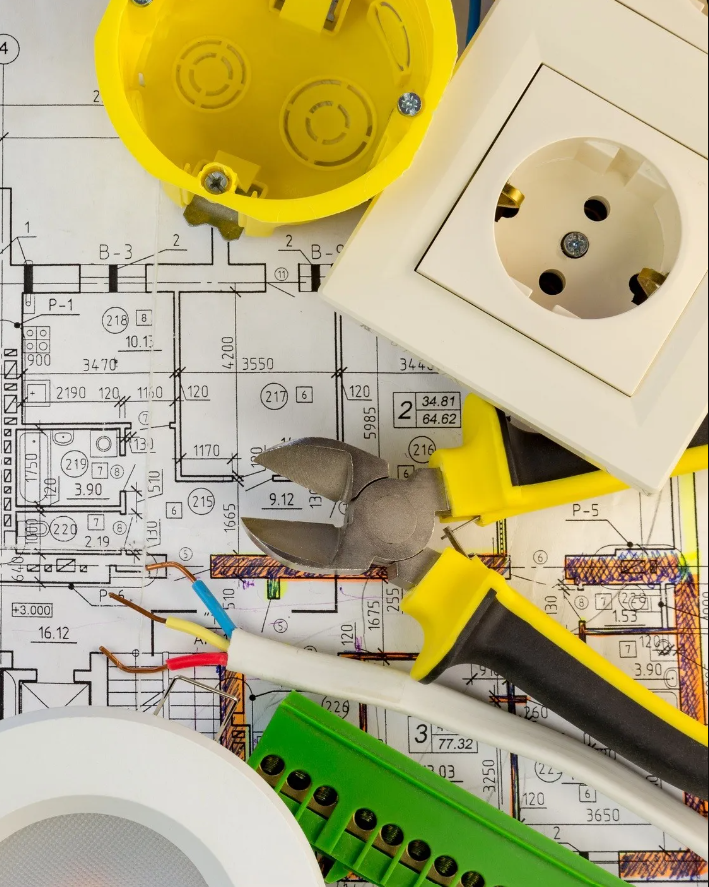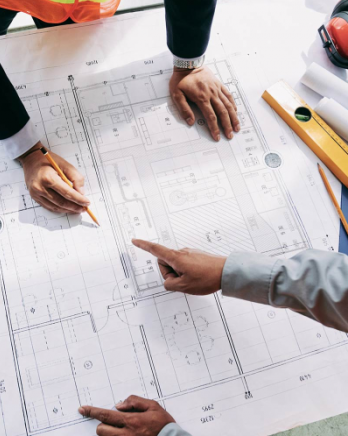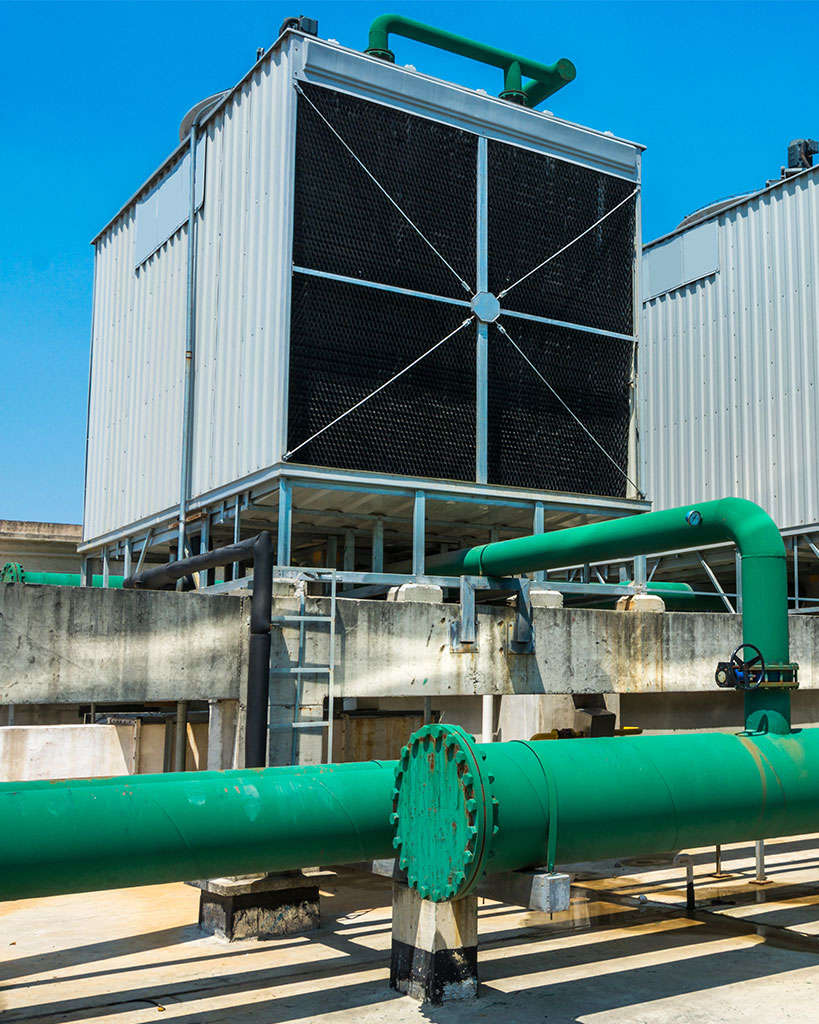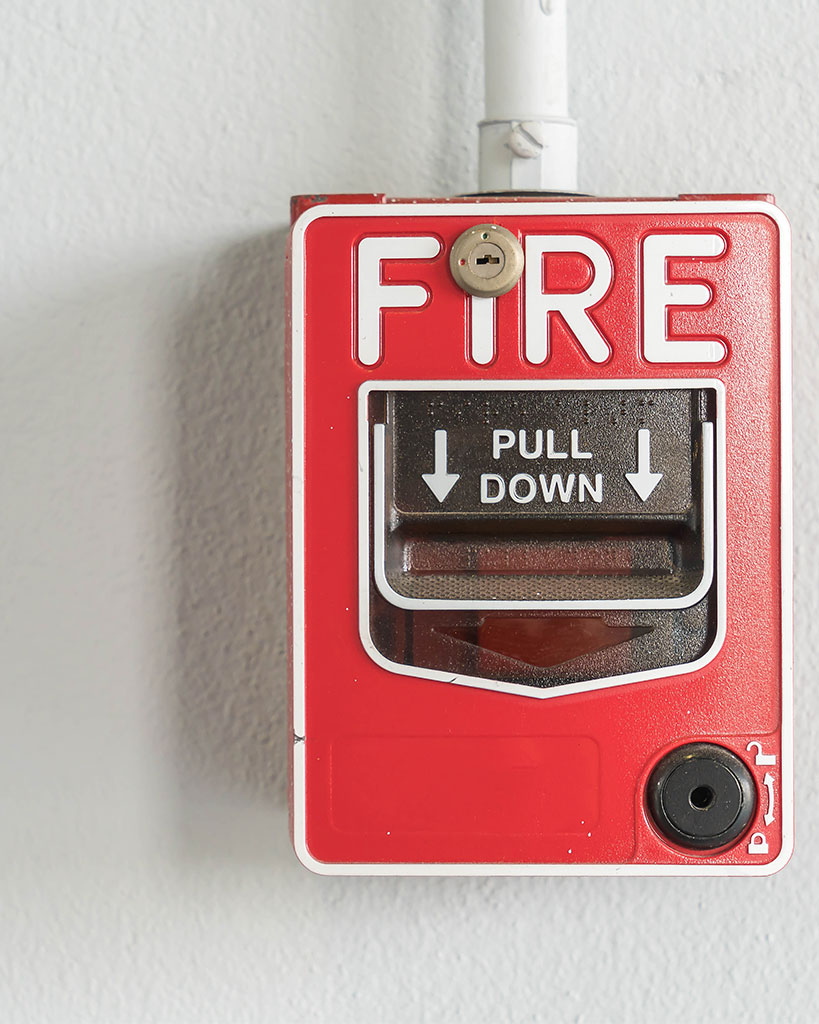Generator and
Fuel System Design.
The generator system is critical for facilities such as hospitals, government institutions, data processing centers, banks, and more to provide uninterrupted power to sustain the operation. A failure in this system could lead to huge losses due to power outages in the process of operations. The design should be implemented in a manner that is suitable for site operations and applications and is efficient, cost-effective, and reliable. Generator sizing, fuel storage, loading sequence, paralleling, etc determine the design of the generator system and is vital for the engineers to provide a reliable fuel system to provide a continuous fuel supply.
The design engineer should consider the codes and regulations applicable to the design for maintenance and performance requirements.
Below stated are a few criteria that determine the design of the generator system:
Location of the Generators
The location where the generator is to be installed will have a substantial impact on the system. Consideration should be given to site operating and environmental conditions such as temperature, altitude, and where the generators to be installed whether it is indoor or outdoor will have their procedures. If the generator is to be installed within a closed place, the generator sets and ancillaries should be easily accessible for maintenance and repairs and these should comply with the codes and regulations concerning vibration, noise, and emission.
If the generator is to be installed outdoors, the generator should be weatherproof and protected from other environmental conditions such as floods, corrosion, etc. It is of utmost importance to restrict undesirable access to the system from possible threats.
Loads
The complexity of the design is determined by the size of the load that is to be served by the generator system. The design engineers should keenly assess different designs for different purposes to provide a reliable and economical generator system.
The size of the load ultimately affects the size of the generator and has a significant impact on the operation. Therefore it is essential to have the system designed for the spare capacity for future expansion as well. And when a load is applied to or removed from a generator, the engine speed, voltage and frequency will vary from its constant condition. Thus it is important to consider the load characteristics and generator system response capabilities in the designing phase of the system. Design considerations should include the site’s non-linear and linear loads.
Cooling System
As generators have numerous conductors that produce heat, the heat can build up within the system quickly and cause damage to the system which causes frustrations with the need for repairs and expenses. Rather it would cause issues in balance and clearance. Therefore the heat must be significantly removed to reduce damages and risks by consistently cooling the generator.
The majority of the generators are Air-cooled or liquid-cooled. The cooling system of the generator is an essential element of a generator and is often determined by the size and type of the generator. Air-cooled generators are designed for small standby or portable generators. Liquid-cooled generators are often designed for large generator systems.
Air-cooled Generator System
This system uses air to circulate through the system to cool it down by taking the cool air from the atmosphere and blowing the air internally to keep away generators from overheating. This is used for small generators that produce up to 22 kilowatts of power per unit. For air cooling systems, there are two methods of cooling available,
- Open ventilated system- use atmospheric air and the exhaust is then released back into the atmosphere
- Closed ventilated system- the air is kept recirculated within the system for cooling.
- Liquid-cooled system
Liquid cool systems use coolant/oil as a cooling element of the generators. The coolant or oil moves around the engines through hoses which feature a water pump and the heat is transferred to the coolant. This method of cooling provides better cooling compared to the air-cooled system. These are suitable for large generators at the commercial and industrial levels. Costs of liquid cooling systems are high due to the heavy components used including radiators and require additional design consideration.
Fuel System Design
Generators are designed in accordance to provide power to mission-critical facilities such as Data Centers, hospitals, banks, and many more. To ensure the reliability and efficiency of the generator system, the design approach associated with the fuel system should be thorough. The design is made based on the requirement, size of the generator, power consumption, availability of space, codes, and availability of personnel in an event of fuel system failure.
It is important to take a few factors into consideration regarding the fuel system design of a generator system.
Runtime Requirement
The utmost step to be taken into consideration for generator system design is for how long power could be provided by the generator system in an event of a power failure without refuelling. This is designed often taking into account the requirement of the facility and codes related to it. Typical generators provide 2 hrs of power in a situation of an emergency power outage whereas for some critical facilities like Data Centers are provided with 24 hrs or more to support the load and further depending on the site resiliency requirements.
The runtime criteria have a direct impact on the fuel bearing capacity of the fuel system. It is essential to explore the consumption of power at various load levels of the facility. It is important to note that only 80%-85% of the fuel capacity can be used depending on the size and shape of the tank. The tank cannot be filled or emptied during operation to prevent overflowing and accommodate fuel expansion.
AST
AST is typically made out of steel and is constructed to be fire and heat-resistant. When locating such above-ground tanks, many precautions need to be taken. This is to ensure occupant and civilian safety. As fuel is extremely flammable and tanks could create massive explosions endangering life, above-ground fuel tanks must be placed at a minimal distance. Hazard to the fuel tanks can come from improper structure and supports. Therefore, the installation of above-ground tanks must be done with consideration to weather, seismic activities, disasters, and the environment around them. Since these tanks are placed above ground and require ground clearance, it occupies usable real estate. However, maintenance and access to AST are easy and leakages can easily be detected. Installing, Relocating, and repairing costs are less and easy.
UST
UST can be made of fibreglass-reinforced plastic or steel that is cathodically protected. The tanks must be placed within a concrete wall and floor area. It is difficult to maintain and access the tank. Installation costs higher and requires a specialist. Leak detection is inconvenient. In case of damage, repairing, and replacing is very difficult and expensive. Relocating to UST is costly and difficult. However, UST tanks have a better lifetime as it is shielded from environmental conditions. It requires less real estate and can even be placed under a road. As only the openings need to be accessible, the tank can be built in very large sizes and therefore could hold larger amounts of fuel. It is less hazardous to civilians and occupants as the risk of fire is mitigated. In case of an explosion, the area at risk would be the openings of the tank. Since it is underground, a stable fuel temperature can be maintained.




